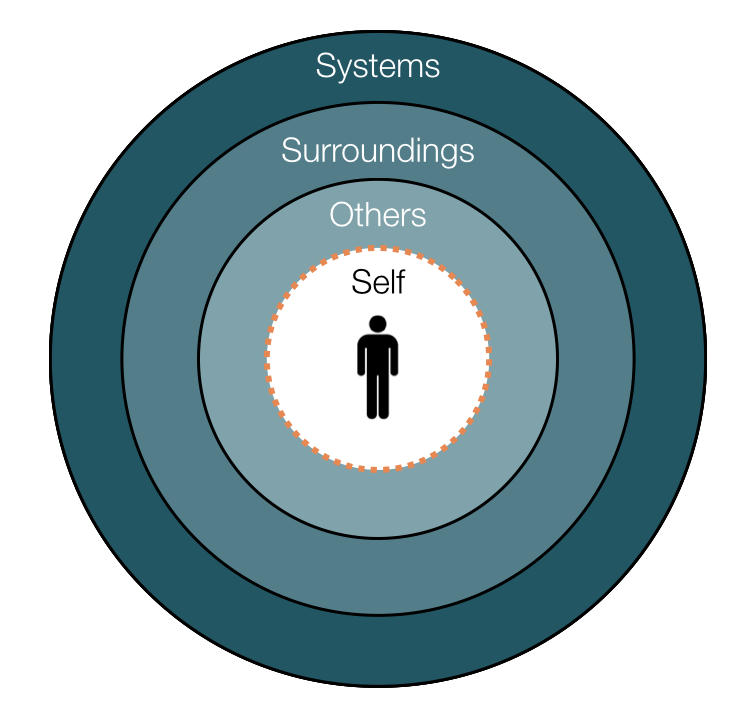As I write this, the Houston area is dealing with the aftermath of a 500-year flood that has left several feet of water in areas that have never flooded before. Some areas received 15- to 20-inches of rain in less that 6-hours which left all of the creeks and bayou’s overflowing their banks and inundating residential areas, displacing several thousand people and shutting down travel in much of the area. As I watched live television coverage of this event from my non-flooded home I was saddened by the impact on the lives of so many, but initially struck by the “stupidity” of those who made decisions that put their lives at risk and in a few cases cost them their lives. I began to try to make sense of why these individuals would make what appeared to be such fool-hearty decisions. What could they have been thinking when they drove past a vehicle with flashing lights right into an underpass with 20 feet of water in it? What could they have been thinking when three people launched their small flat-bottom, aluminum boat to take a “sight-seeing” trip down a creek that was overflowing with rushing waters and perilous undercurrents only to capsize, resulting in them floating in the chilly water for 2+ hours before being rescued by the authorities? As I reflected on it, and after my initial incredulous reaction, my conclusion was that it made perfect sense to each of them to do what they did. In the moment, each of their contexts led them to make what to me seemed in hindsight to be a very foolish and costly decision. You may be asking yourself….” What is he talking about? How could it make sense to do something so obviously foolish?” Let me attempt to explain. Context is powerful and it is the primary source we have when making decisions. Additionally, it is individual-centric. My context, your context and the context of the individual who drove around a barricade into twenty feet of water are all very different, but they are our personal contexts. In my context where I am sitting in my living room, watching TV, sipping a cup of coffee, with no pressure to get to a certain location for a specific purpose is most likely completely different from the man who drove around a police vehicle, with flashing lights, in a downpour, with his windshield wipers flashing, on his way to check on someone he cares about and who could be in danger from the rising water. What is salient to me and what was salient to him are very different and would most likely lead to different decisions. His decision was “locally rational”, i.e. it made perfect sense in the moment. We will never know, but it is very likely that his context precluded him from even noticing the flashing lights of the police vehicle or the possibility of water in the underpass. It is also possible that “human error” was present in the tragic deaths of at least 6 people during the flood, but human error is not a sufficient explanation. We can never really understand what led to their decisions to put themselves at risk without understanding the contexts that drove those decisions.
This is what we really need to focus on when we are investigating incidents in the workplace so that we can impact the aspects of contexts that become salient to our workers. The greater impact we have on minimizing the salience of contextual factors that lead to risk taking and increasing the salience of contextual factors that minimize risk, the greater opportunity we will have to end “senseless” injury and death in the workplace, and on rain swollen highways. This approach will have a lot more positive impact than just chalking it up to “stupidity”!


